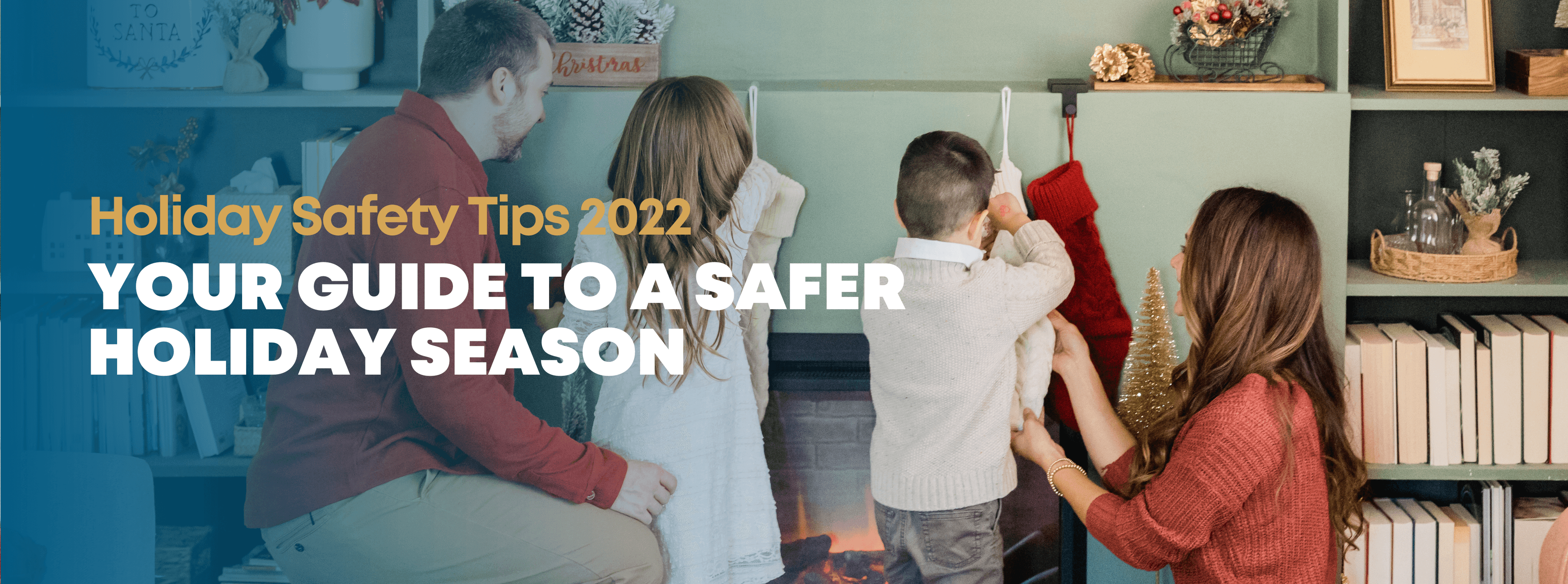When any major life event occurs, many changes follow. Having a baby requires a number of adjustments to your sleeping schedule, personal finances and even your home. While your home might seem safe enough to you, seemingly harmless features and elements may be very dangerous for an infant or child. The National Safety Council noted you can avoid many injuries that occur in the home.
The importance of baby-proofing your home
The U.S. Department of Housing and Urban Development reported unintentional home injuries or deaths among children often result from a lack of safety features in a home and insufficient supervision. Safety gates, guards, sufficient lighting and non-slip surfaces are some of the ways to protect your child and decrease the risk of injury.
Baby-proofing your home is a principal part of becoming a parent. Luckily, ensuring your house is a safe haven for children can be done simply at a relatively low cost.
Risks present in the home
Infants and young children are incredibly curious as they develop. They tend to wander where they should not and poke and play with things that might be dangerous. Before purchasing items and embarking on projects to help increase the safety features in your home, conduct a home inspection of your own and note where potential risks and dangers are present.
It may also be worthwhile to hire someone to perform a lead inspection. Lead poisoning is especially dangerous for children that may chew or bite window trim and ledges that have been painted with a lead formula.
Babble, an online parenting magazine, noted many old homes likely have lead-based paint. Cover and patch any lead paint that is exposed.
In addition, be cautious of exposed pipes, vents or radiators that may emit heat that can potentially cause burns. A metal radiator cover or guard can protect your child from uncovered hardware. Visit your local hardware store and purchase a guard or even materials to build one.
Ensure that you have carbon monoxide and fire detectors installed in every room in your home and conduct regular checks to ensure they are working properly and each battery is fully powering your devices.
Parents.com, the International Association for Child Safety and Baby Proofers Plus noted a number of common dangers and hazards found in homes. It is important to walk through each room in your home and note where issues may compromise your child's safety.
Hazards in any room of your home
Electrical outlets, extension cords and cables are found all over any home. Cover all power outlets throughout your house and use extension chords and cables sparingly. Also remember to appropriately cover any wires or cables when used due to the risk of electrocution. Parent Guide also suggested childproofing power strips with covers and installing plastic outlet covers to deter your little ones from yanking electric chords out of sockets.
Note if any furniture is not properly secured. Consider affixing large furniture to the wall to reduce the chance of infants and young children pulling down dangerous items.
Install window guards even if children are not tall enough to open them. Young ones may pull furniture, such as available chairs and stools, to climb and attempt to open windows. Safe Kids Worldwide relayed that the leading cause for non-fatal injuries among U.S. children is unintentional falls which means ensuring the safety of your child is largely contingent on your ability to prevent tumbles. Consider rearranging furniture to avoid tempting a child to move furniture to climb and check out the outside world through your windows.
Also, when installing window guards, do not forget an emergency release to also account for fire safety.
Get the Latest Insights!
Sign up to stay up to date with latest tips, trends and updates from WIN.












